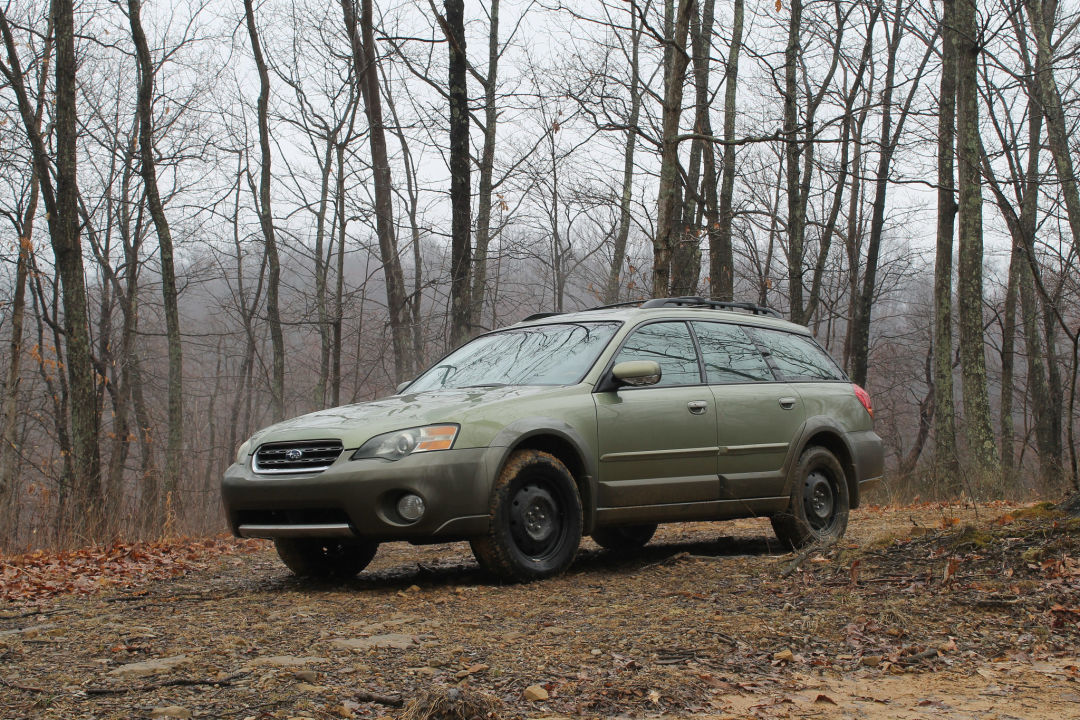How Lesbians Saved Portland’s Favorite Car

Image: Logan Utsman / Flickr
It’s 1993. Struggling Japan-based automaker Subaru has just told Portland’s Wieden & Kennedy it would not be renewing its contract with the already famous “Just Do It” agency. If they couldn’t reverse Subaru’s slumping fortunes, perhaps no one could.
Though Subarus are a common sight today on Portland’s streets (according to a 2017 report of new car registrations from Kelley Blue Book, Oregon’s most popular car is the Subaru Outback), at the national level things were not always booming. In 1993 Subaru’s sales were on the decline, unable to compete with Nissan and Toyota. In 1986, sales surpassed 180,000 in the US; by 1992, Subaru sales barely topped 100,000. Tim Bennett, former director of advertising of Subaru of America, says they tried to identify their core customer.
“They were educators, technical professionals, health care workers, and outdoorsy people,” Bennett told NPR in 2016. The brand image was niche: “crunchy, hippie—a professor in a tweed jacket.”
However, when they dug into the focus groups with Mulryan/Nash, a Manhattan agency run by two gay men, another demographic came to light: lesbians.
Soon after, “XENA LVR” license plates and rainbow flags popped up in Subaru photo shoots. In 2000, the company landed the holy grail of lesbian celebrity endorsements—Martina Navratilova. By 2004, Subaru had even engineered product placement in Showtime hit The L Word.
Subaru’s financial crisis eventually abated, in part because of this new target audience. But more, by recognizing the diversity of its customers, Subaru helped usher in a new era best stated by its own ad: “Get Out. And Stay Out.”




